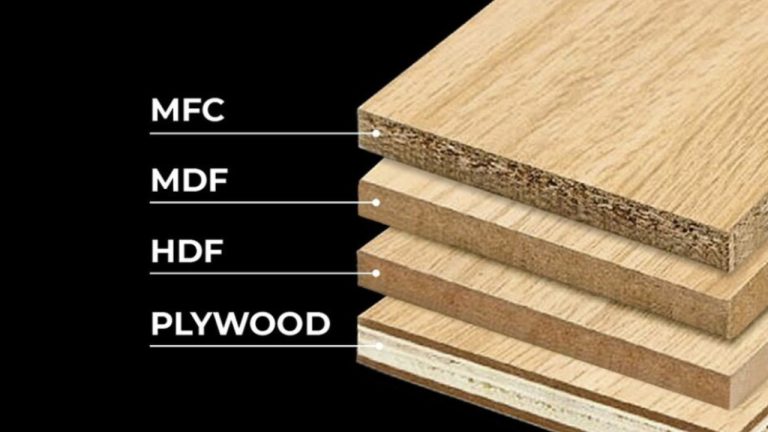

Choosing the right wood-based panel is essential for furniture, cabinetry, and construction projects. Different materials like wooden boards, MFC, MDF, HDF, and plywood vary in composition, durability, and applications. Understanding their properties helps in selecting the best option for your needs.
Wooden boards refer to solid wood planks cut directly from trees. These boards maintain the natural grain, strength, and durability of wood, making them ideal for high-end furniture and structural applications.
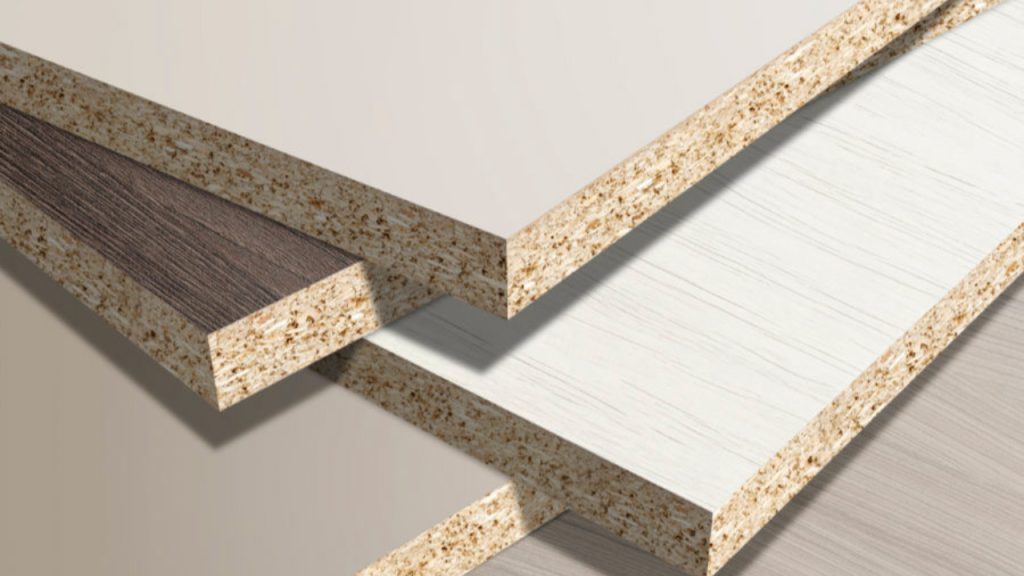
MFC (Melamine Faced Chipboard) is an engineered wood product made by compressing wood chips and resin, coated with a melamine layer for durability and aesthetics.
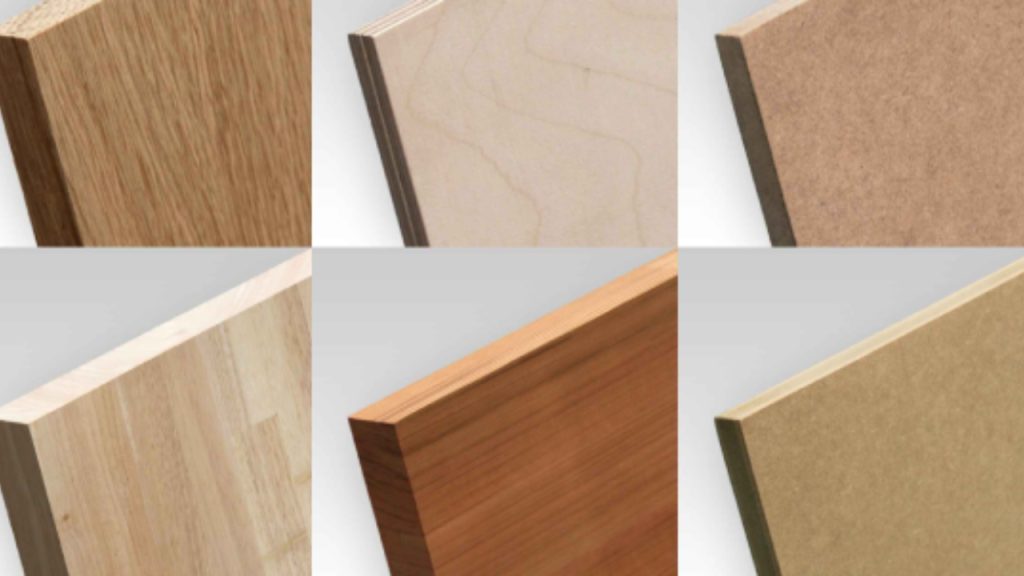
MDF (Medium Density Fiberboard) is a dense, smooth board made from wood fibers and resin, providing a uniform surface ideal for painting and veneering.
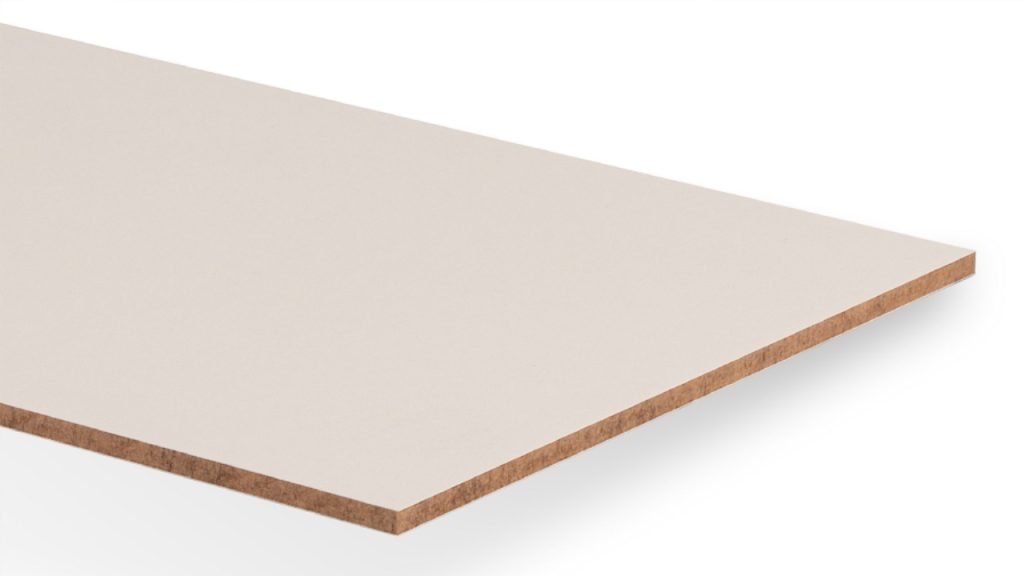
HDF (High-Density Fiberboard) is a denser and stronger version of MDF, offering better durability and moisture resistance.
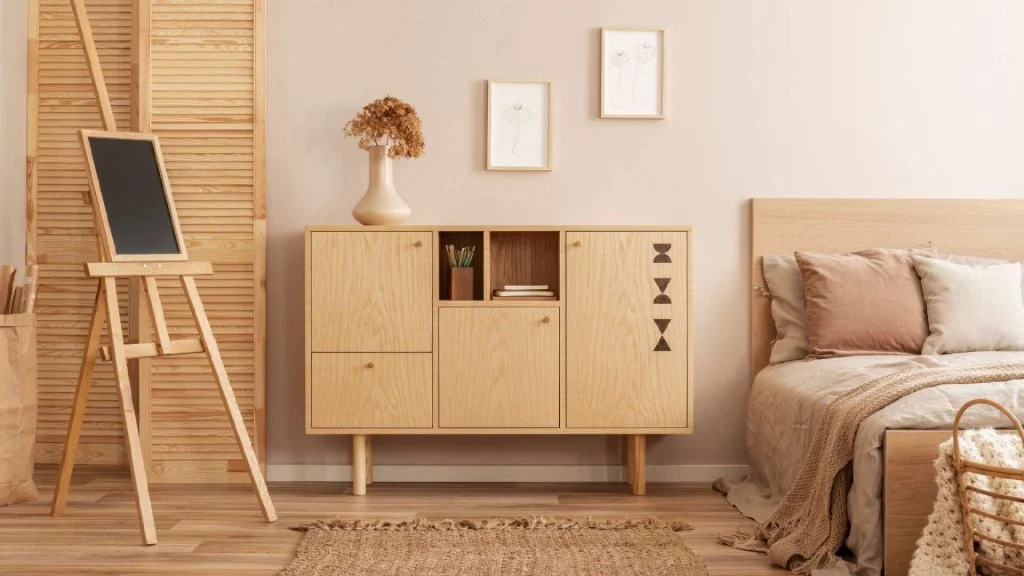
Plywood consists of thin layers (plies) of wood veneer glued together in alternating grain patterns, enhancing strength and flexibility.
| Material | Composition | Strength | Moisture Resistance | Common Uses | Cost |
|---|---|---|---|---|---|
| Wooden Boards | Solid wood planks | Very high | Moderate to high | Furniture, flooring, construction | Expensive |
| MFC | Wood chips + melamine layer | Moderate | Low | Budget furniture, cabinets | Low |
| MDF | Fine wood fibers + resin | Stronger than MFC | Low to moderate | Panels, furniture, doors | Mid-range |
| HDF | Compressed wood fibers | Higher than MDF | Moderate | Flooring, furniture | Mid-range |
| Plywood | Cross-laminated wood veneer | Very high | High | Cabinets, construction, marine use | High |
Understanding the differences between wooden boards, MFC, MDF, HDF, and plywood helps in selecting the right material for specific projects. Solid wood offers natural durability, while engineered boards provide cost-effective and versatile solutions for various applications. Plywood remains the strongest, while MDF and HDF balance affordability and performance. Choosing the right material depends on budget, usage, and environmental conditions.


Join our professionals program for exclusive discounts on all purchases. Become a Pro Member